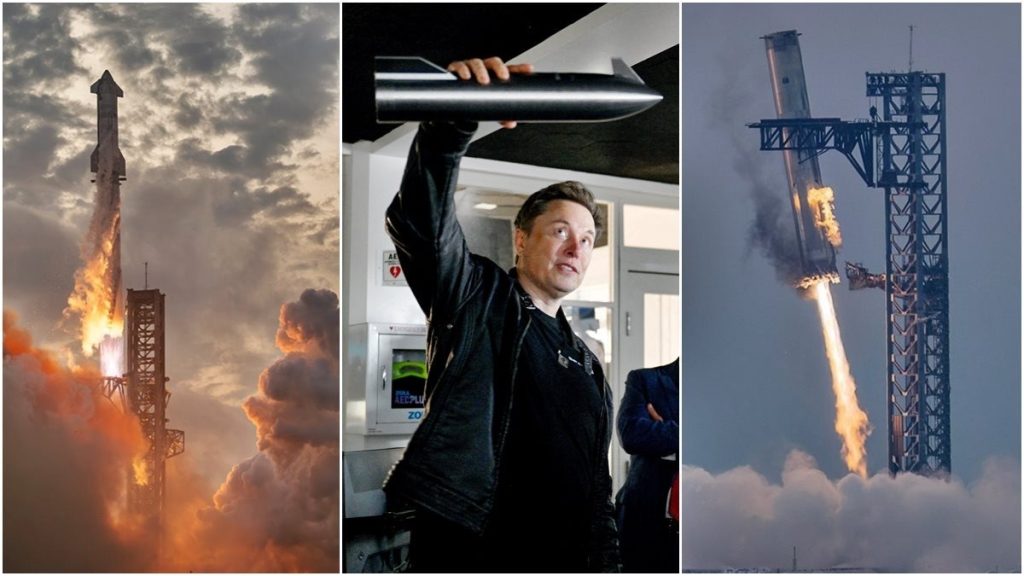
Elon Musk is swiftly refocussing his goal from Washington to colonising Mars. Lower than a day after stepping down from his position on the Division of Authorities Effectivity, the SpaceX founder laid out a sweeping imaginative and prescient for interplanetary colonisation. At an occasion on Could 29, Musk detailed the corporate’s roadmap for launching its first crewed Starship mission to Mars by 2026, beginning with a Tesla Optimus robotic. If all goes nicely, human missions might comply with simply two years later.
In a 42-minute video posted to X (formally Twitter), Musk laid out a plan to launch the mammoth spacecraft to Mars for the primary time as early as subsequent yr. The ship would arrive seven to 9 months later in 2027. Musk considers the percentages of launching in that upcoming window to be about 50-50. If SpaceX misses it, the subsequent alternative would not come for an additional two years.
The primary missions would carry solely a handful of early settlers tasked with establishing infrastructure and fixing challenges on the Martian floor. These efforts relaxation on the subsequent technology of Starships — every geared up with 9 engines, upgraded warmth shields, and better payload capability.
Musk revealed that SpaceX’s Texas facility, billed as “the largest construction on this planet,” is designed to churn out 1,000 Starships yearly to help the migration of thousands and thousands to Mars.
He additionally shared plans to scale manufacturing of Starlink satellites to five,000 models a yr, many meant for Martian deployment. “Ideally, we’ll be capable to take anybody who desires to go to Mars,” Musk mentioned. “And convey all of the tools wanted to make it self-sustaining, to let it develop by itself.” He confused the necessity to stockpile sources in case Earth-based help abruptly stops. “Having two sturdy, self-sustaining planets will probably be vital for the long-term survival of civilization.”
SpaceX has set its sights on Arcadia Planitia for its touchdown web site — chosen for its entry to ice, flat terrain, and favorable latitude. The primary uncrewed mission is deliberate for 2027, with people doubtlessly following in 2029. “Perhaps to only be protected, we would do two touchdown episodes with Optimus and the third one with people. We are going to see,” Musk mentioned.
To make Mars self-reliant, Musk estimates that a minimum of a million tons of cargo will probably be required, necessitating as much as 2,000 Starships per switch window. Lengthy-term, he envisions Martian independence from Earth and the enlargement of missions past the Pink Planet — to the Asteroid Belt, Jupiter’s moons, and ultimately, different star techniques.
“This is a chance for the Martians to rethink how they need civilization to be,” Musk concluded. “So you possibly can rethink what type of authorities you need, what new guidelines you must have. There’s numerous freedom and alternative in Mars to do a recompile on civilization, which will probably be as much as the Martians.”





